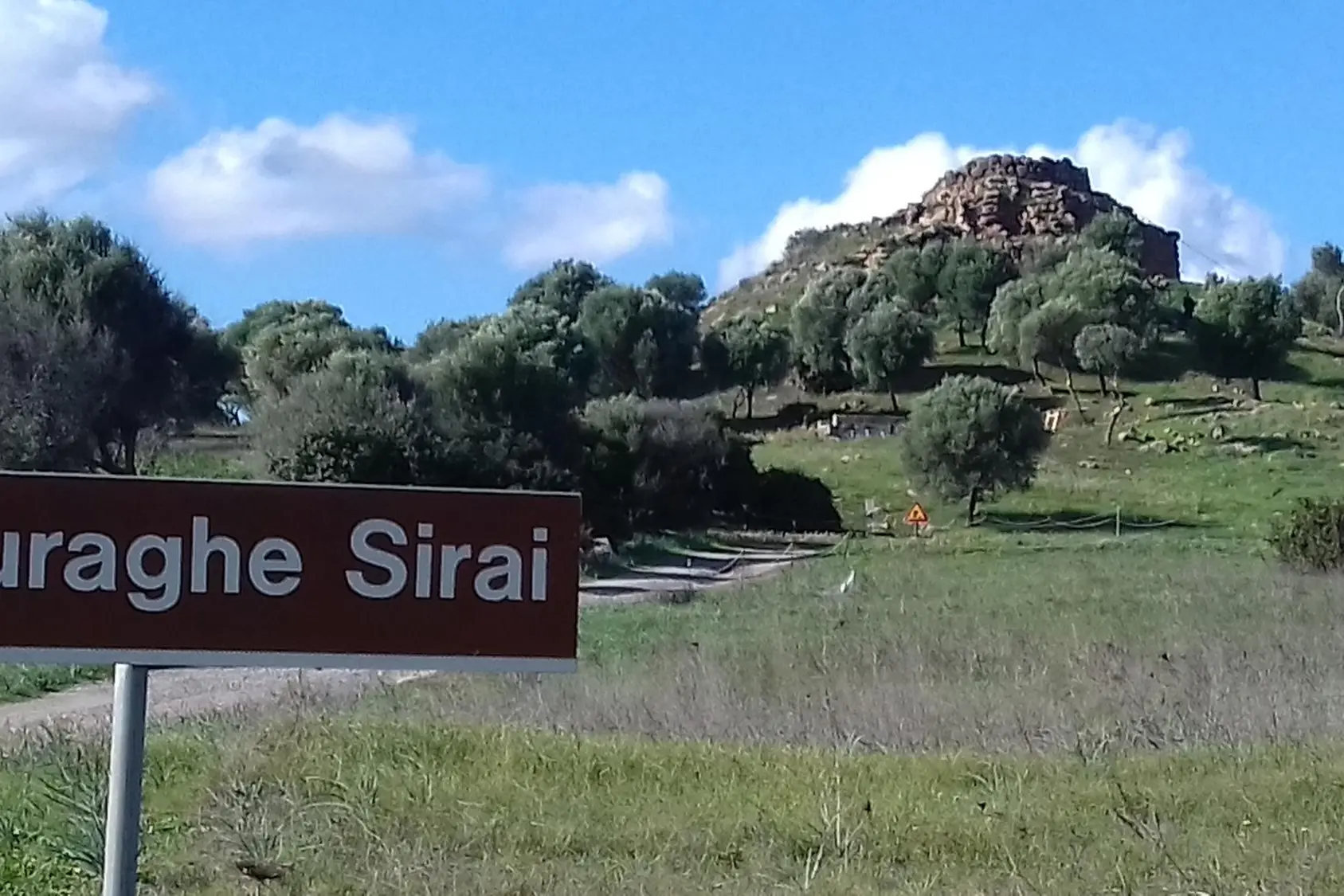Nuraghe Sirai joins the "Sardinia towards UNESCO" challenge
A precious example of integration between Nuragic and Phoenician civilizationsPer restare aggiornato entra nel nostro canale Whatsapp
The Sirai nuraghe in Carbonia becomes a fundamental piece of Sardinia's path towards UNESCO , that is, the program aimed at bringing the monuments of the Nuragic civilization into the World Heritage List of universal heritage by UNESCO.
The unique nature of the nuraghe, which stands at the foot of the Monte Sirai plateau (where the Phoenician-Punic citadel stands), emerged during the conference hosted by the new Grande Minina coworking space . The conference was introduced by Ennio Filigheddu, a member and coordinator of "Sardegna verso l'UNESCO" (Sardinia towards UNESCO) and chaired by Carla Perra, an archaeologist and scientific director of the nuraghe excavations for over twenty years. Activities at the nuraghe are conducted under concession from the Ministry of Cultural Heritage, but the site is municipal.
As the archaeologist explained, the Sirai nuraghe "is an example of integration between the Nuragic and Phoenician civilizations : it is a multi-layered site whose oldest phase dates back to the fourteenth century." Then evidence emerged of the village with the wall , then the Second Iron Age, seventh century BC, with the eastern fortifications and the internal village with the intertwining of Nuragic and Phoenician architecture.
"The Sirai nuraghe is also important for having been a fortified production site decentralized from nearby Sulki and Mount Sirai," the archaeologist emphasized, who then wanted to emphasize, among other things, how "there is an important classification of the ceramics."
The site has been studied since 1998 and, year after year, the Municipality is managing to continuously improve its usability.
